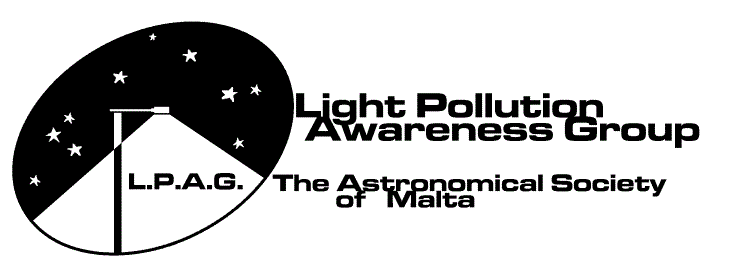
Outdoor nighttime performance events (concerts, athletic contests, etc.) have unique lighting needs. Illumination levels vary depending on the nature of the event. This chapter allows adequate lighting for such events while minimizing skyglow, reducing glare and unwanted illumination of surrounding streets and properties, and reducing energy consumption.
Sports lighting can be a challenge to design, particularly if the stadium has to be broadcast-capable. Professional sports require huge amounts of vertical illumination to make the ball visible to the cameras. As a result, in these kinds of artificial lighting installation, light trespass onto adjacent areas is very common. This is acceptable, given the fact that such illumination is temporary and is switched on for only about 3 or 4 hours at a time.
- The main lighting of the facility (spotlighting or floodlighting, etc.) should be turned off no more than 1 hour after the end of the day’s activities or event. A low level lighting system may be installed to facilitate patrons leaving the facility, cleanup, nighttime maintenance, etc.
Playing fields
Where playing fields or other special activity areas are to be illuminated, lighting fixtures shall be specified, mounted, and aimed so that their beams fall within the primary playing area and immediate surroundings, so that as little direct illumination as possible is directed off the site.
One of the most common types of decorative lighting is the ‘globe’ light. With these lights there is much emphasis on the daytime appearance, as there is for their night-time ability to illuminate a given area.
Often, these light fittings consist of a clear globe with a light source at the centre, but inevitably, in these designs, less than 50 percent of the emitted light will strike the ground. And this is because the pole and fixture holding the globe in place will cover part of the bottom half of the globe. This will not let light from that direction to hit the ground, where it is most needed.
There are a number of instances where the globe lights, used to illuminate paths etc., have been known to cast a shadow underneath the light. This shadow, coupled with the glare from the globe, allows potential muggers and attackers to lurk unseen while their intended victims are illuminated by the same globe. And thus, clearly this type of lighting can have some serious drawbacks.
There is an increasing number of designs coming onto the market, that place a greater proportion of the emitted light on to the ground and less into the sky.
The deep bowl on this type of fitting will refract enough light upwards to light surrounding buildings where it is deemed important to have them illuminated.
There are a plethora of decorative lights based on the ‘globe’ principle, that do not put light directly into the sky. Some globe lights are able to be retro-fitted with an enclosed light source that directs light onto the ground. Similarly, ornamental lighting can now be obtained with a lamp, high in the fitting, that directs all the light downwards. The lamp is enclosed and cannot throw light out above the horizontal. This type of lighting has the advantage of being aesthetically pleasing during the daytime and controls the light well during the night-time.
